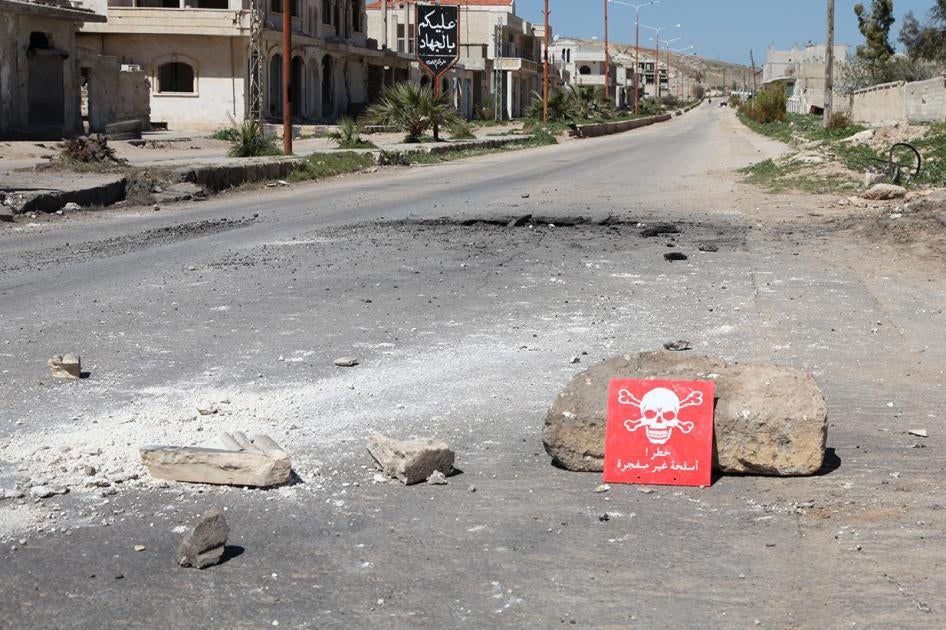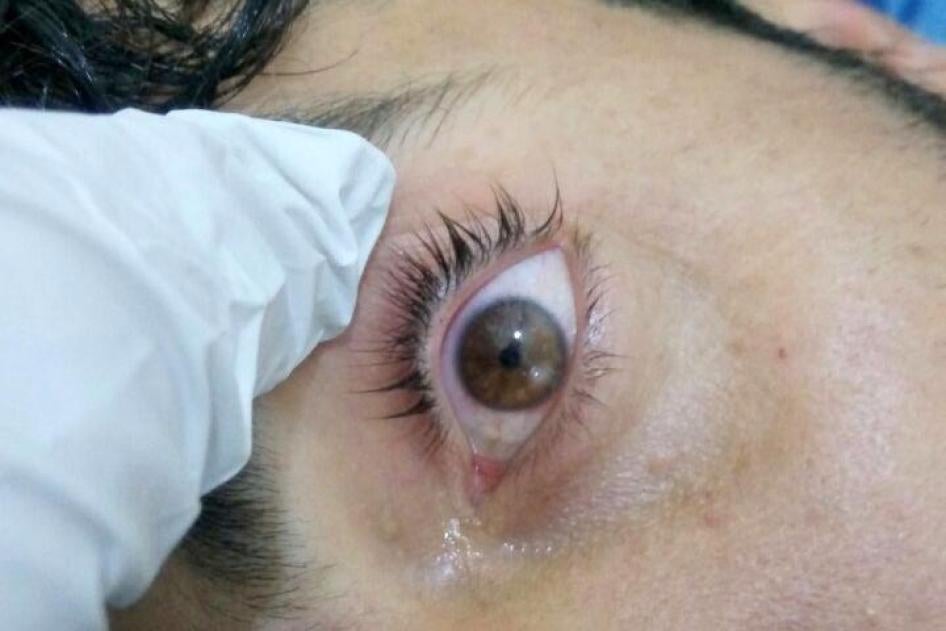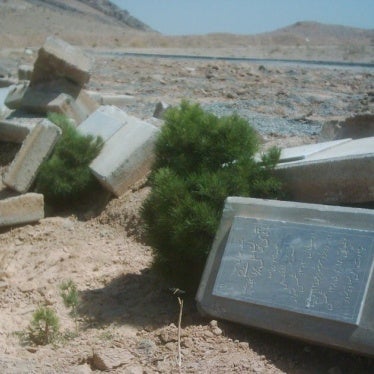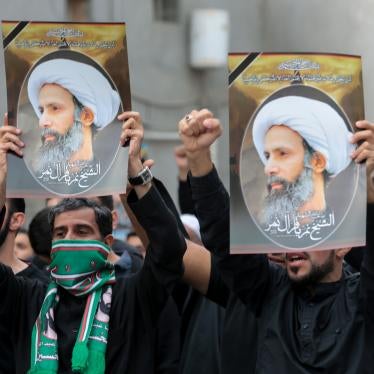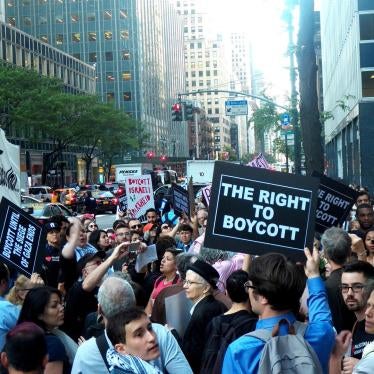Samples from an attack in northern Syria on March 30 “prove the existence of sarin,” a deadly nerve agent, the director of the Organisation for the Prohibition of Chemical Weapons (OPCW) said on October 4.
While this attack injured dozens, according to our research, it didn’t kill anybody. So why is this finding important?
Because it confirms a pattern of sarin use.
A few days after the March 30 attack, on April 4, nearly 100 people died from chemical exposure in Khan Sheikhoun. Despite evidence that a Syrian government aircraft dropping chemical weapons caused the deaths, Syria, with Russia’s help, has tried to deflect blame by presenting alternative theories to explain the presence of chemicals.
Immediately after the attack, Russian and Syrian officials claimed that the chemical exposure in Khan Sheikhoun was due to a Syrian aircraft dropping a bomb on a rebel chemical weapons factory on the ground. Among other problems, this theory collapsed when OPCW found that Khan Sheikhoun victims had been exposed to sarin. Producing sarin is complicated and would never result from the bombing of stored chemicals.
Russia and Syria then pushed a second theory to explain the chemical exposure, namely that armed opposition groups staged it to frame the government. We found zero evidence to support this theory, and Russia and Syria have never publicly presented any.
This is where yesterday’s revelation comes in. In addition to the evidence pointing to government responsibility, the complexity of staging an attack on the scale of the one in Khan Sheikhoun already made this theory unlikely. Doing so in two locations on two different dates renders it even more implausible.
A joint investigation by the United Nations and the OPCW is expected to deliver its conclusion on who was responsible for the Khan Sheikhoun attack later in October. In drawing its conclusions, it should take the OPCW’s finding on the use of sarin on March 30 into account.
The convention banning chemical weapons, ratified or signed by 192 states, is one of the strongest in international law. The Syrian government’s repeated use of chemical weapons is unprecedented in the history of the convention. State parties to the convention should send the strongest possible signal that they will not tolerate Syria undermining this ban.
